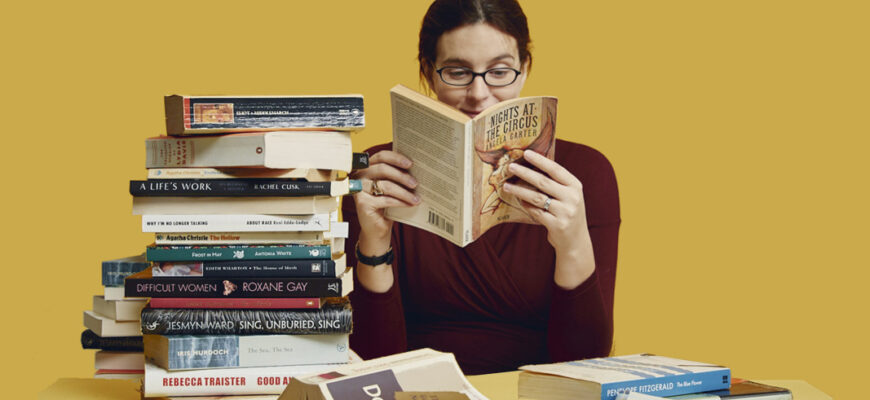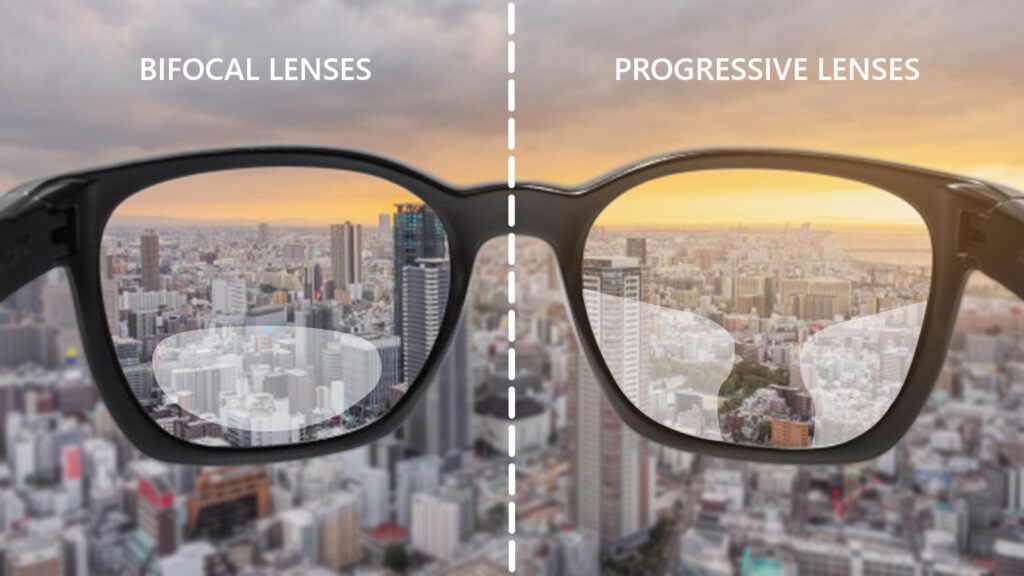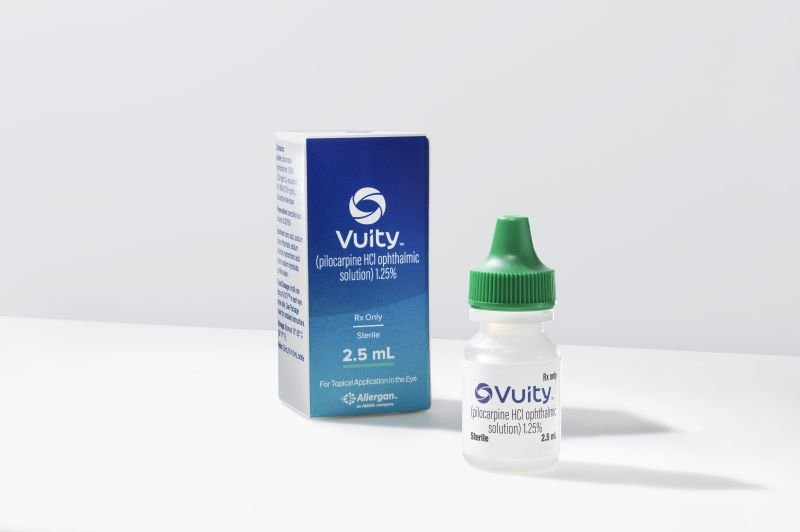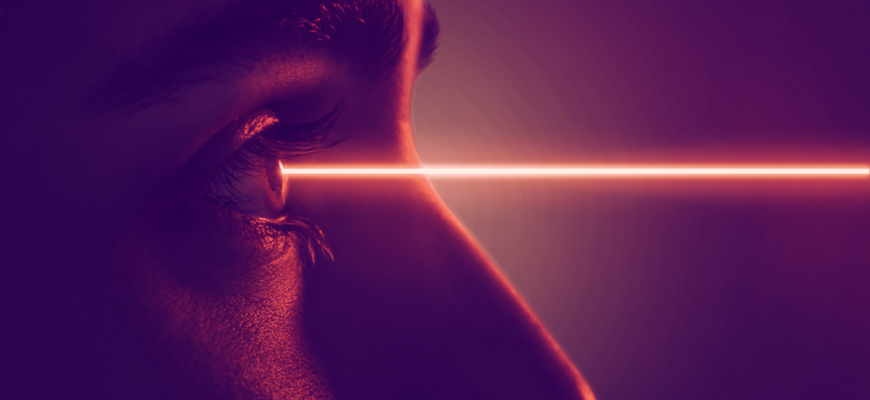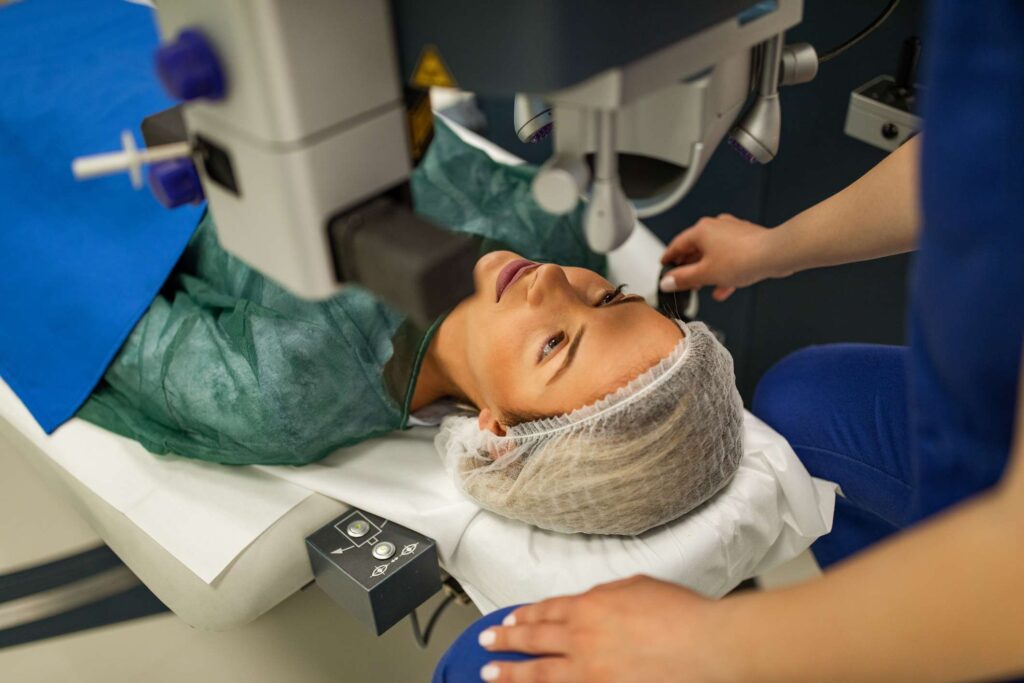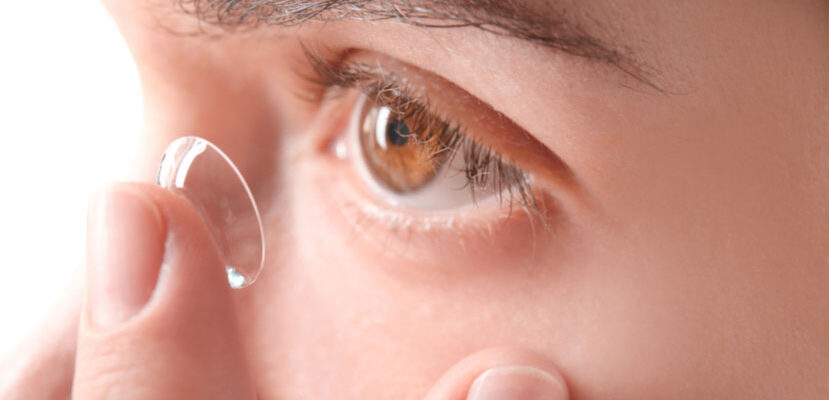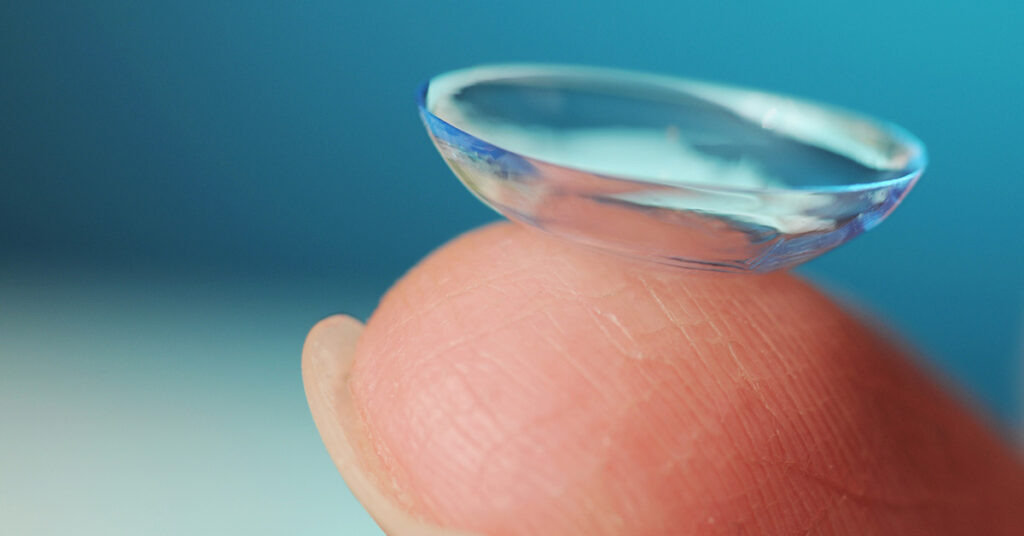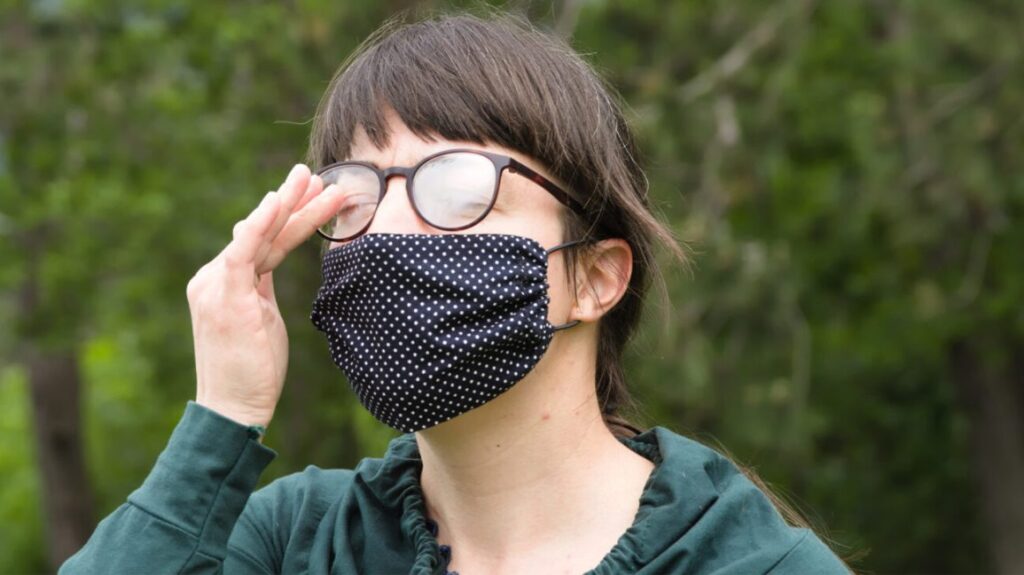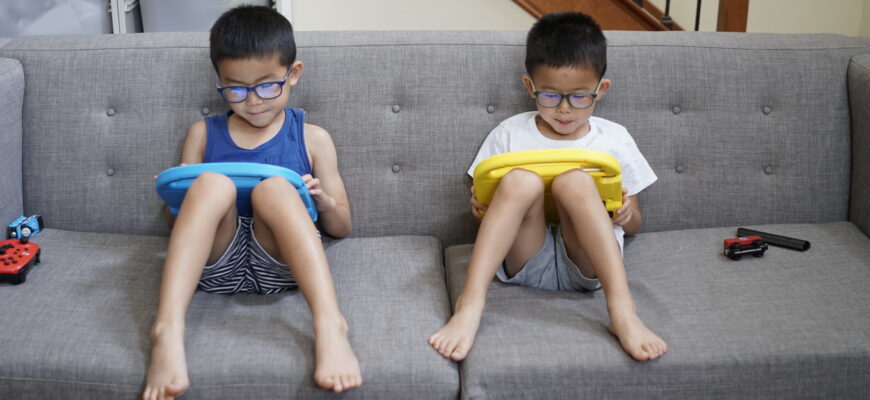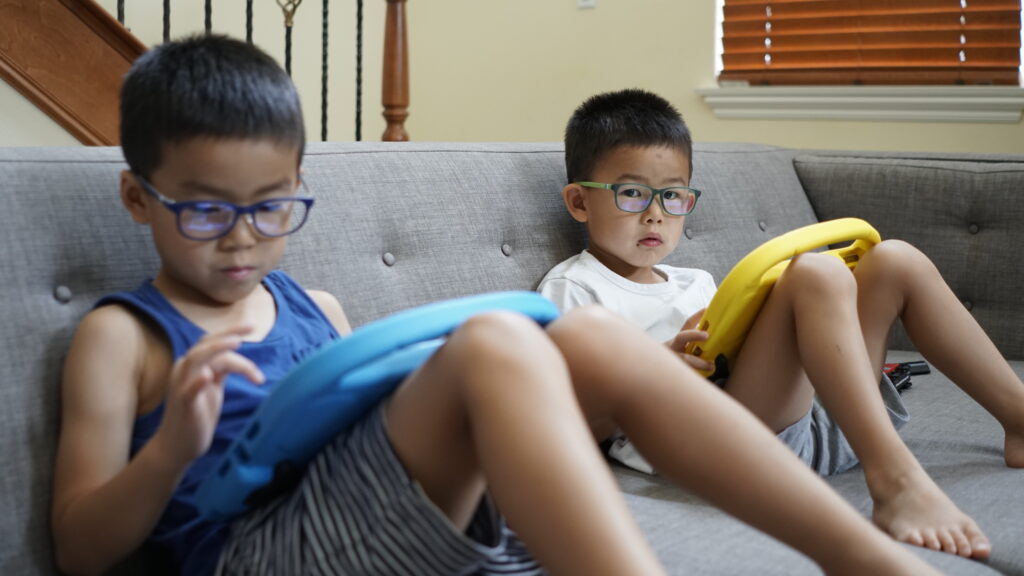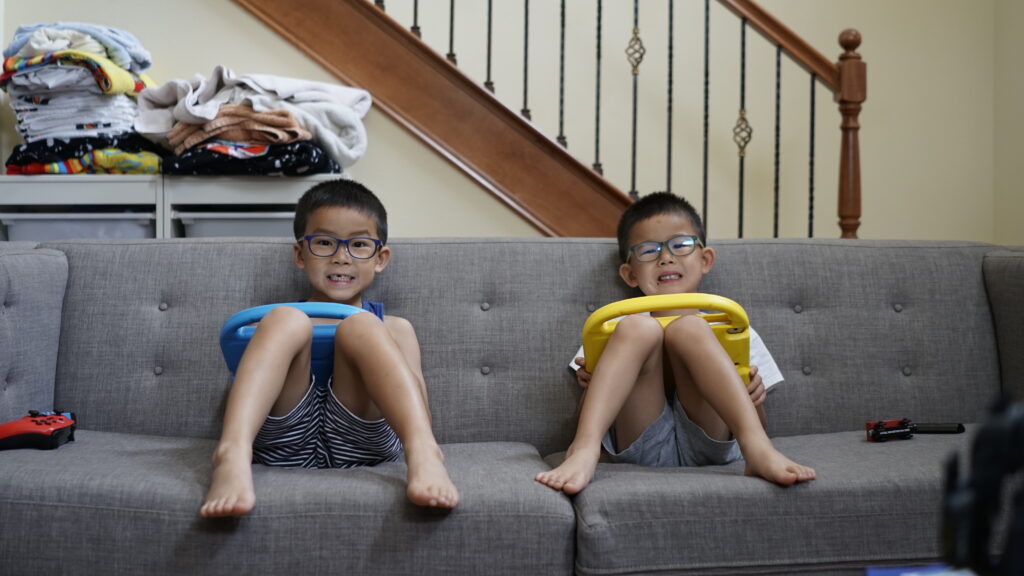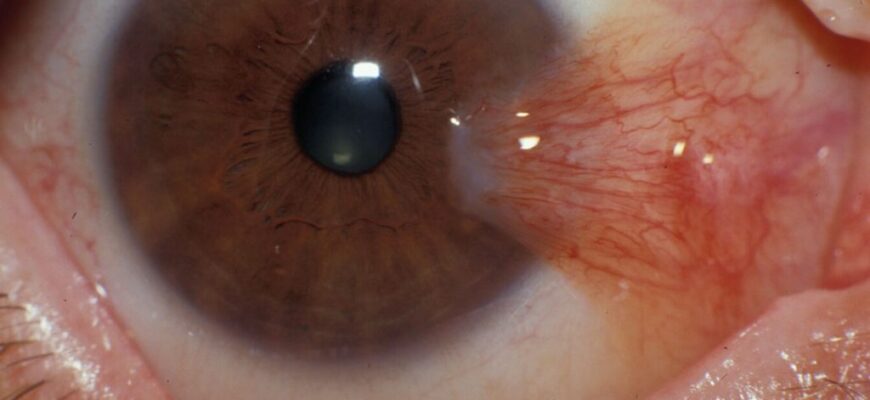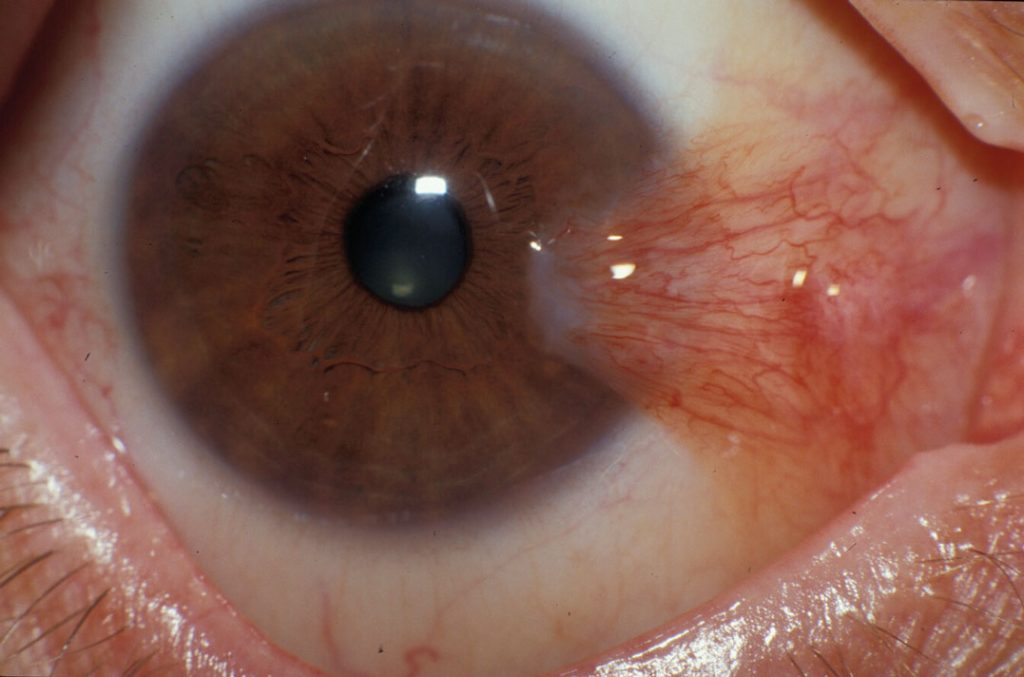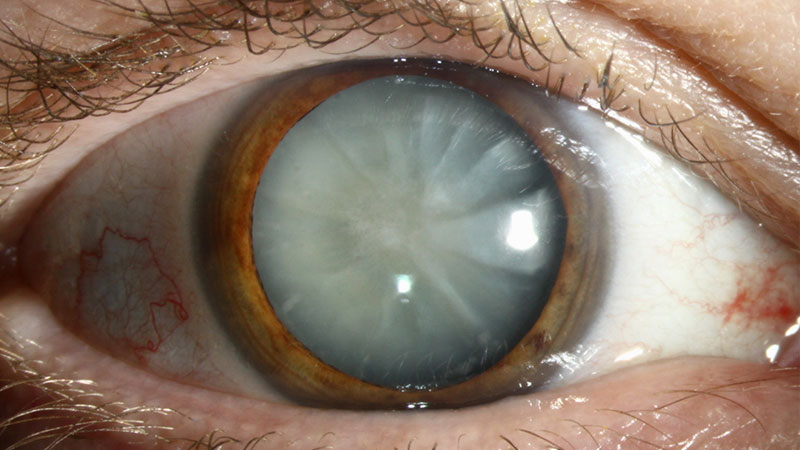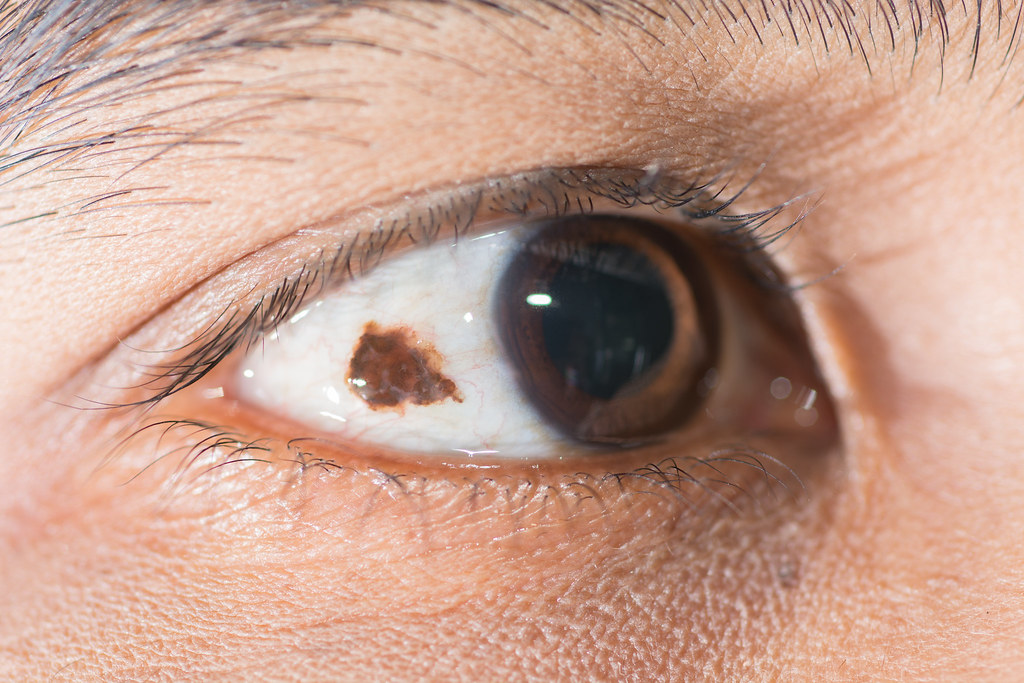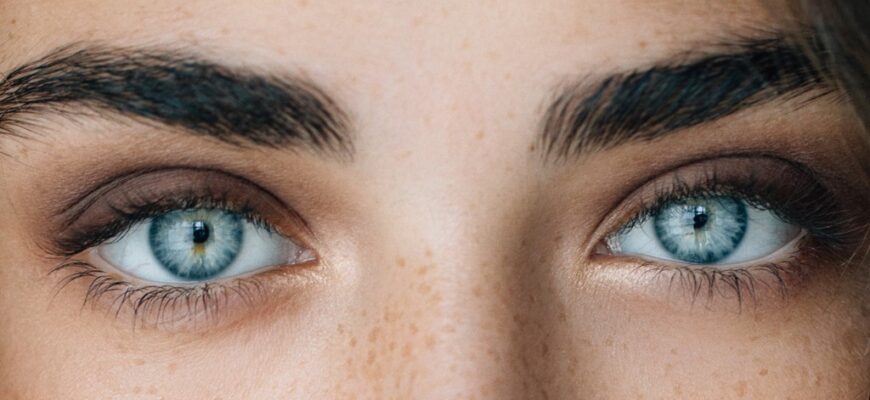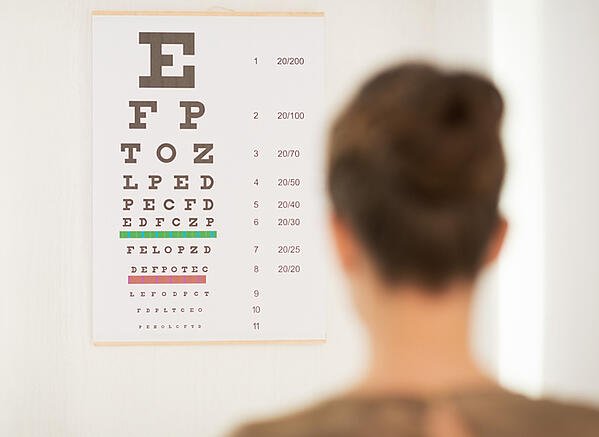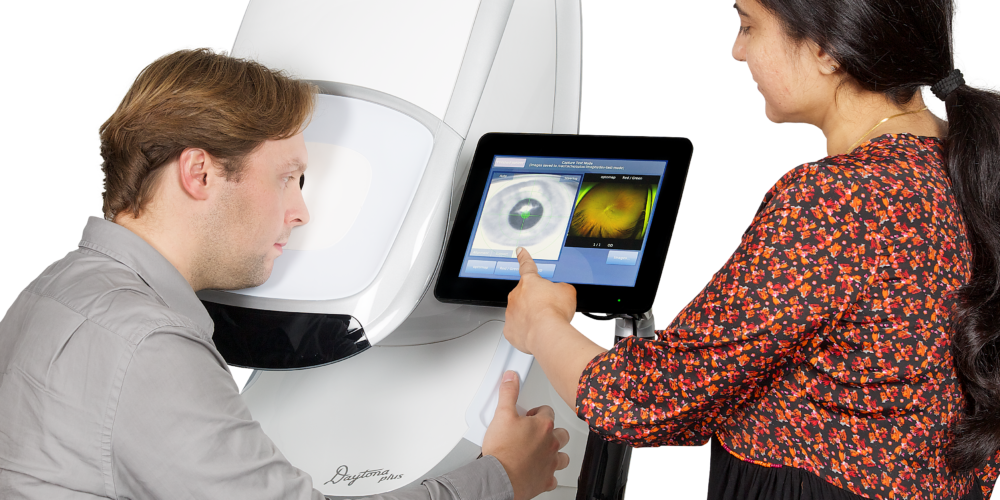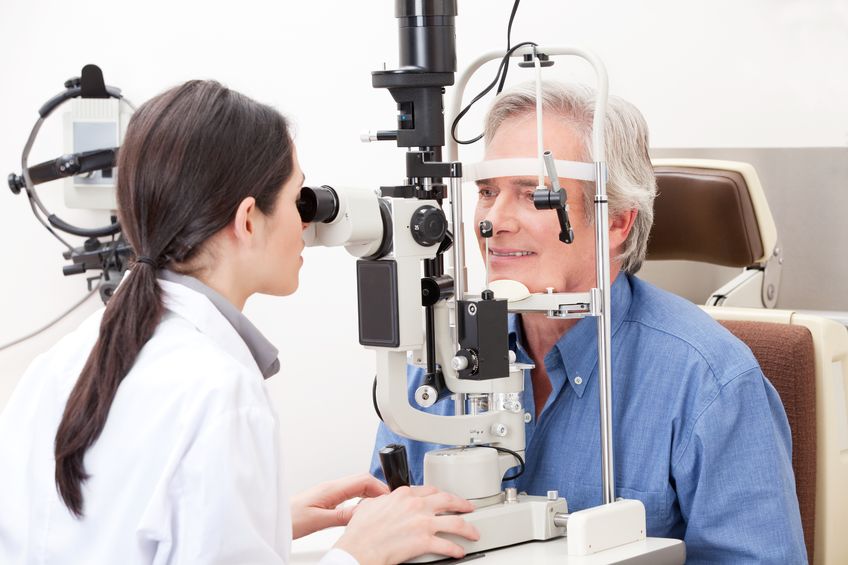If you’re like me, my eyes tend to feel itchy and tired throughout the day, especially during the winter. Turns out, the cause of these feelings is not caffeine-deprivation. Rather, it’s dry eyes!
Dry eye occurs when our eye’s tear film becomes unstable. As a result, your eyes aren’t properly moisturized, causing you to experience symptoms of itchiness, tiredness, dryness, and blurry vision. In a sense, our eyes behave just like the skin on our hand does. When our skin isn’t able to hold moisture well, our hands feel cracked, dry, and painful.

Similar to how our hands feel more cracked during the winter, our eyes tend to feel more dry during the winter. Dry eye symptoms tend to intensify more during this time of the year due to the low moisture and humidity of the winter air that further deprives our eyes of moisture.
Aside from environmental influences, dry eyes can also be a consequence of allergies, medications, systemic conditions such as rosacea, or ocular conditions such as meibomian gland dysfunction and blepharitis. Due to the wide variety of things that can cause dry eyes, most people in the world actually have dry eyes, whether they are symptomatic of it or not.
Fortunately, there are a wide variety of options to combat the wide variety of influences that may cause dry eyes. For those with less severe symptoms, dry eyes can be treated with non-preservative eye drops.
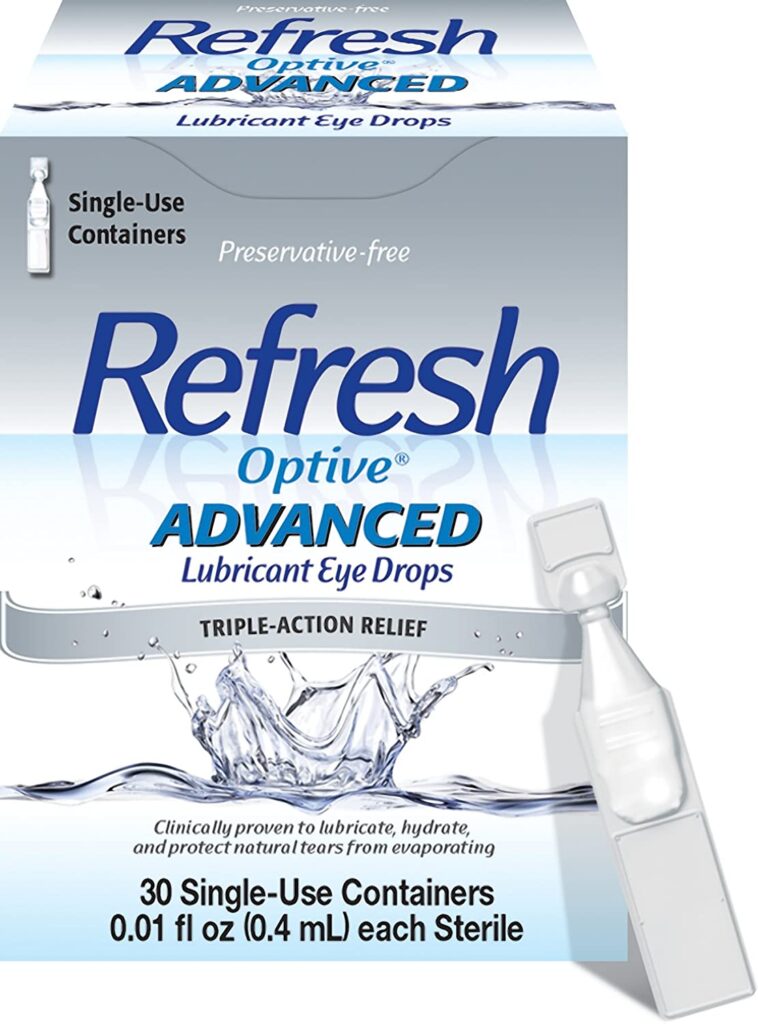
Some brands that we love at Bright Vision Optometry include Systane, Refresh and Optase. If you are able to, we recommend getting non-preservative eye drops since certain preservatives, such as BAC, are more harmful for your eyes and pose a greater risk to your eyes. Artificial tears for our eyes act in the same way as lotion does for our skin. They provide our eyes with the extra boost of moisture and relief that our eyes desperately need.
For those with moderate symptoms, we recommend using a Bruder mask. This mask opens up the glands that produce different components of your tear film. By opening up the glands, more components of your tear film can be produced, bringing more stability to the tear film, and ultimately, more moisture to your eyes.
For those with severe symptoms, intense treatment options are available, including prescription drops (Restasis, Xiidra, Cequa) and in-office treatments (Punctal Plugs, Lipiflow, Eyelux, and BlephEx).
Although many people experience itchy and tired eyes, they are often unaware that these symptoms may be caused by dry eyes. If you think that you may have dry eyes and are curious about dry eyes, or have questions about dry eyes and how to treat it, ask one of our eye doctors at your next eye exam!

